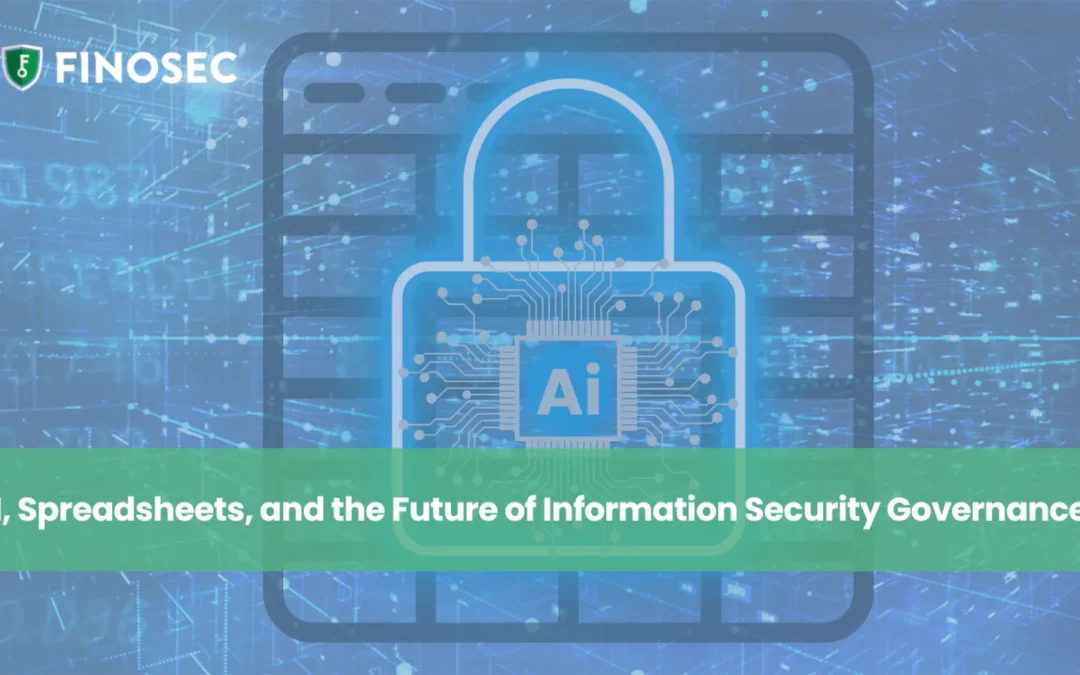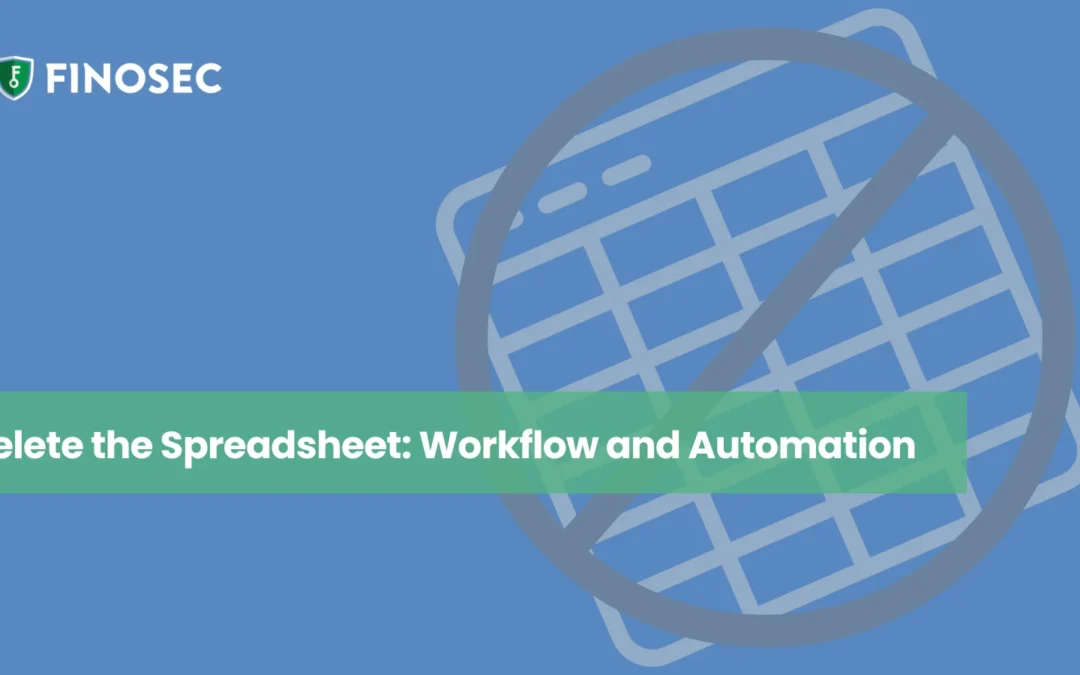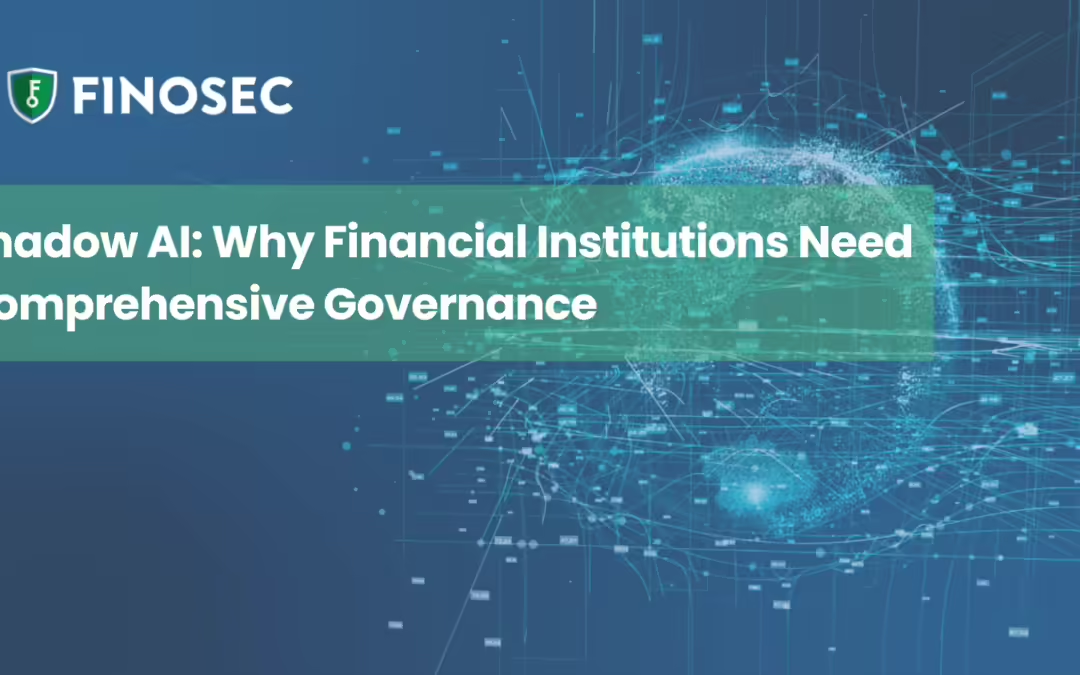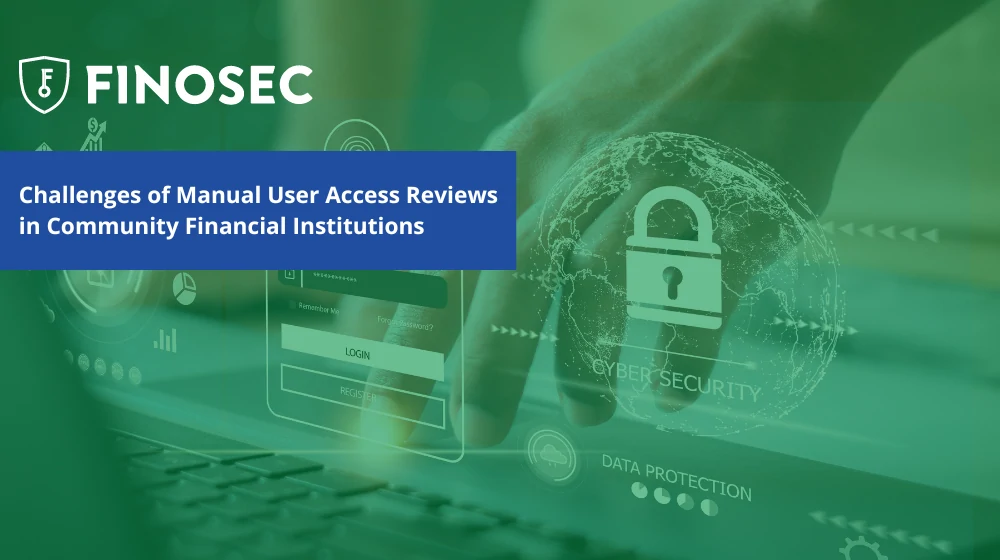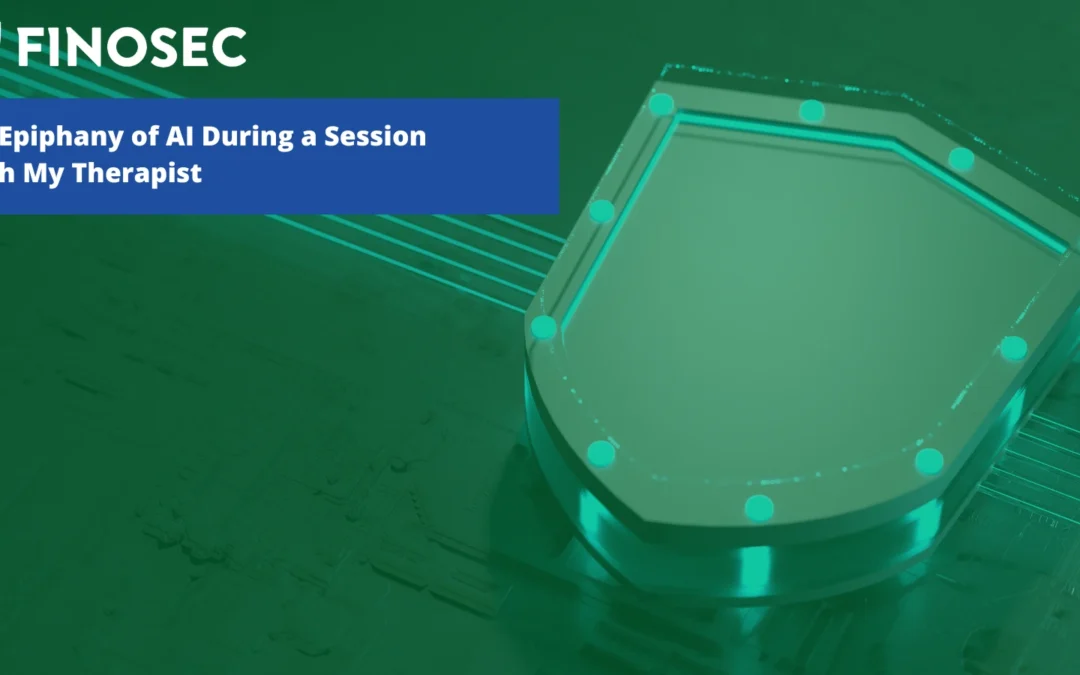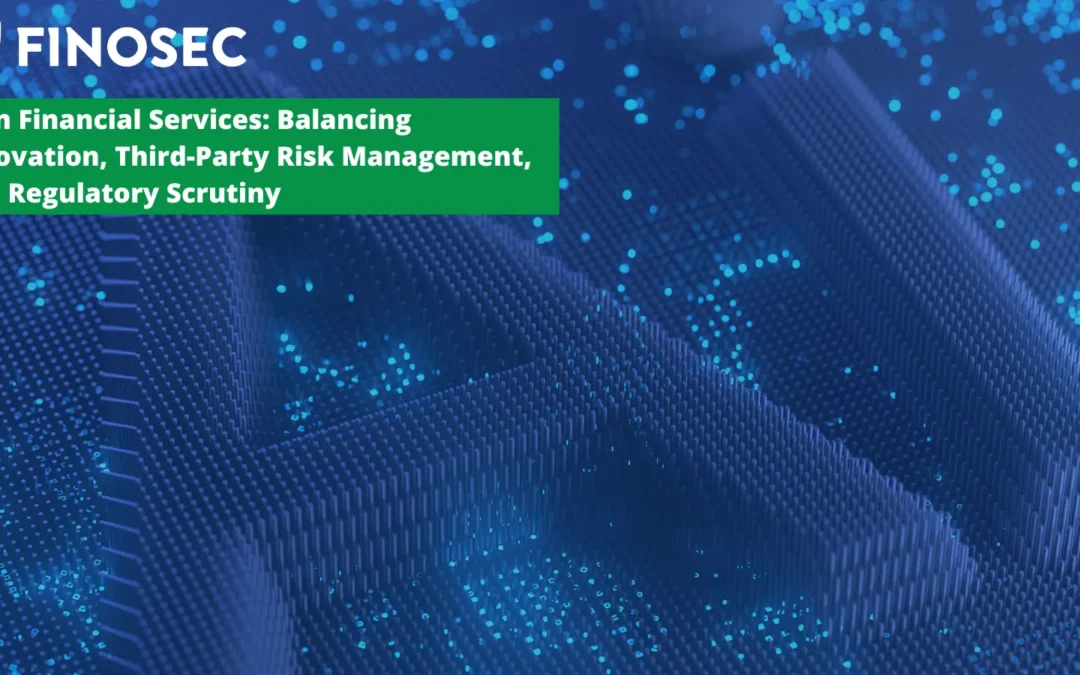For those of you who don’t know me or my family well, we are a Disney family. For those of you who just rolled your eyes, bear with me, this article isn’t just about Disney. It’s about a lightbulb moment I had while riding Epcot’s Spaceship Earth, which illustrates the journey of human progress from the dawn of time.
The area shows before the printing press how communication was handled; handwritten copies and one-to-one conversations. Then you see society’s leap from the written word to the digital age and computers. Just as the ride highlighted the milestone and impact of Gutenberg’s printing press, I found myself contemplating AI’s place in our future and the striking realization that the two journeys are more similar than they are different.
A Year Ago: AI as the iPhone Moment
If we would have had a conversation around AI a year ago, I would have told you that the advent of large language models and conversational AI was comparable to the introduction of the iPhone. Remember the days before the iPhone? We printed directions from MapQuest (or took maps), carried bulky cameras for photos, and waited to check emails on our desktops. The iPhone revolutionized our daily routines, integrating everything into a single device and fundamentally changing our interaction with the digital world.
Today: AI as the Gutenberg Moment
Today, as I reflect more deeply, I see AI not just as another leap in convenience but as a profound paradigm shift, much like the one ushered in by Gutenberg’s printing press. Before Gutenberg, knowledge was a precious commodity; laboriously copied by hand and accessible only to the elite few. The printing press changed access to knowledge, making books widely available and transforming society at its core.
In our current age, conversational AI and large language models promise a similar revolution. These technologies allow us to harness collective knowledge in unprecedented ways, automating and enhancing our ability to process information and make decisions. AI will redefine the very way we access and utilize knowledge.
AI in Practice at Finosec
Almost a year ago, we started a weekly call on AI for the entire team where we have dedicated time to discuss our use of conversational AI—from new learnings and implementations to adjustments in our strategies. These sessions, originally planned as brief fifteen-minute discussions, often extend to half an hour with the team sharing what they have learned and how they are applying AI to their work.
This regular meeting to discuss AI tools has not only enhanced our productivity but also significantly impacted how we collaborate and innovate. We have continued to expand our knowledge and awareness as a collective team, and the impact has been massive.
Embracing AI: Overcoming Fears and Preconceptions
Yet, some institutions, financial institutions in particular, remain hesitant about embracing AI. The fear that AI might become a Skynet-like overlord or concerns about data privacy, security, and even bias are understandable anxieties that are real, but AI doesn’t have to be complicated and intimidating.
I urge you to think of AI not as a threat but as an indispensable resource, much like books were once new but are now fundamental to learning. If we shy away from embracing AI, we risk ceding ground to competitors who are leveraging these tools to redefine their industries.
Simple Ways to Embrace AI at your bank
Embracing AI within your organization can start with small steps such as:
- Creating customer personas for your marketing and sales teams
- Creating playbooks for your sales team to enable them to more efficiently sell your products and services
- Use it as a starting point, for drafts, not final output, to gain efficiencies and allow employees to focus on what they love doing, not the rote parts of their jobs
As AI continues to evolve and permeate everyday life, financial institutions should be looking for ways to soften to the idea of leverage AI tools rather than shying away from them. Legacy systems can make it hard to innovate, but by leveraging new tools in simple ways, financial institutions can free up resources to do more impactful work benefiting the organization and its customers.
The Road Ahead
Just like the journey through human progress at Disney’s Epcot, from the days of ancient scrolls to the digital communications of today, our society will continue its quest for knowledge and efficiency. AI is the next chapter in this saga, with an opportunity to be as transformative as any technology that has preceded it.
A Sneak Peek Into Finosec’s Future
At Finosec, embracing AI is part of our culture, but we’re not simply talking about it because we think it’s cool. As you just read, we fundamentally believe the impact AI and large language models will have a profound impact on our society.
In the coming months, our team is excited to share one of our biggest initiatives to date.
In the meantime, as our team continues to explore and integrate AI into our work, I plan to share best practices and insights that can help make adoption of AI easier and more impactful for your institution.
Make sure to sign up for our blog to get these resources and updates about new and exciting products within the Finosec platform.

